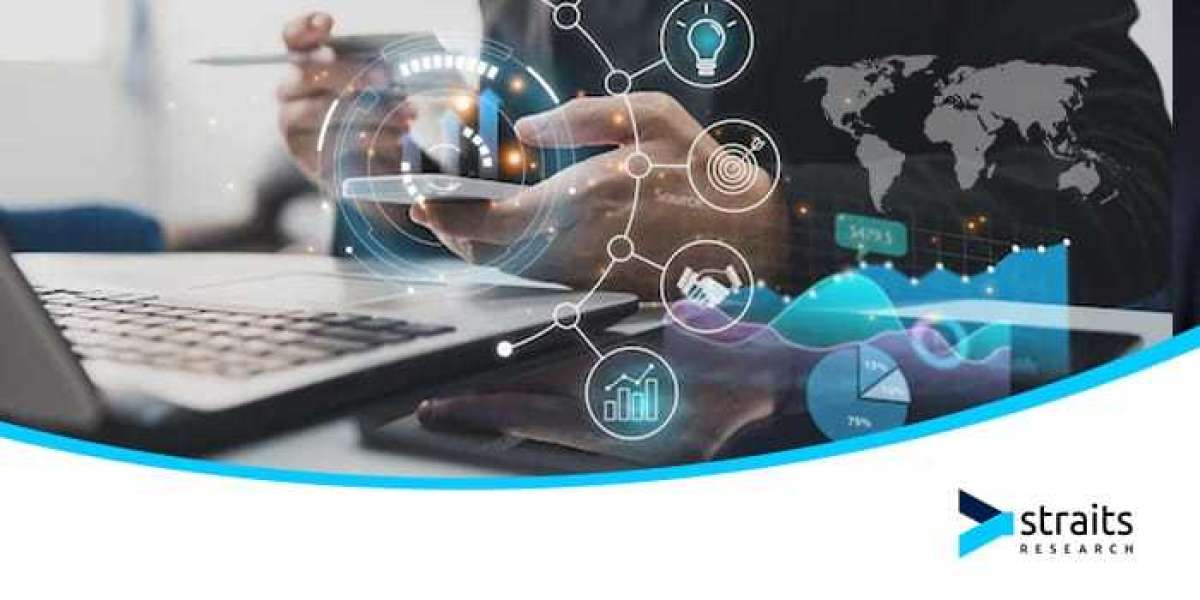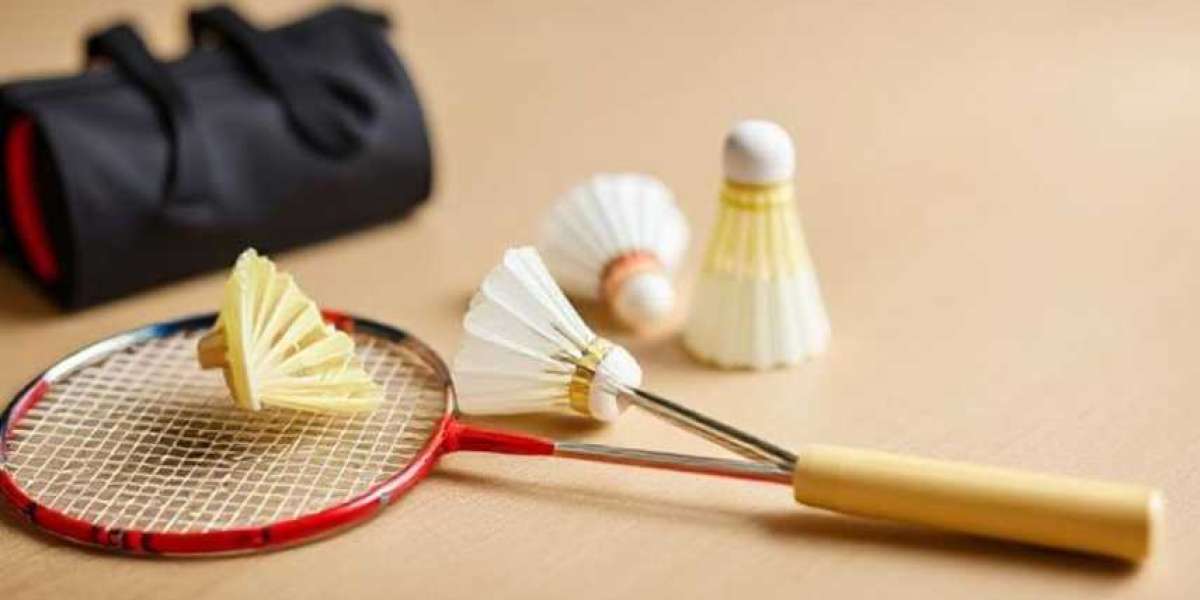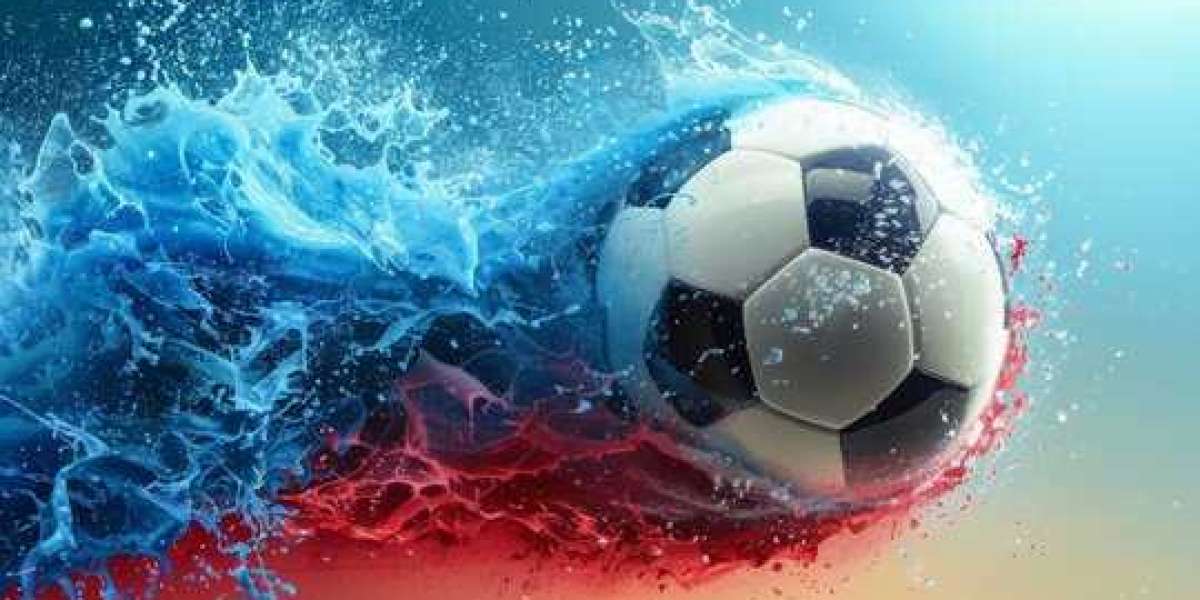Introduction
In modern aquaculture, maintaining optimal water quality is crucial for fish health, growth, and farm productivity. Traditional methods of monitoring water parameters manually are time-consuming and prone to errors. Enter Fish Farm Management Software, a game-changing technology that seamlessly integrates with automated water quality monitoring systems to enhance efficiency, reduce costs, and ensure sustainability.
This article explores the integration of Fish Farm Management Software with automated water quality monitoring systems, providing insights into how these technologies work together to revolutionize fish farming.
Understanding
Fish Farm Management Software is a digital solution designed to streamline and optimize fish farming operations. It helps farmers monitor fish health, manage feeding schedules, track inventory, and ensure compliance with environmental regulations.
Key Features:
Real-time Data Collection: Monitors water parameters, fish growth, and environmental conditions.
Automated Alerts & Notifications: Sends alerts if water quality deviates from safe thresholds.
AI-Powered Predictive Analytics: Forecasts potential health risks based on historical data.
Inventory & Stock Management: Tracks feed consumption and stock levels.
Integration with IoT Sensors: Syncs with automated monitoring systems for seamless operation.
The Role of Automated Water Quality Monitoring Systems
Automated water quality monitoring systems use IoT-enabled sensors and real-time analytics to continuously track water parameters, such as:
Dissolved Oxygen (DO) Levels
pH Levels
Ammonia & Nitrate Concentrations
Temperature Variations
Turbidity and Salinity
By integrating with Farm Management Software, these systems enable real-time decision-making and prevent critical failures in aquaculture operations.
How Integration Works: A Step-by-Step Overview
1. Data Collection via IoT Sensors
Automated water quality monitoring systems are equipped with IoT-enabled sensors that continuously measure key water quality parameters. These sensors collect vast amounts of data at set intervals.
2. Data Transmission to the Cloud
The collected data is transmitted to the cloud via Wi-Fi, Bluetooth, or LPWAN (Low Power Wide Area Network). This cloud storage ensures accessibility from anywhere and prevents data loss.
3. Data Processing and Analysis
These Farm Management Software receives the raw data and processes it using advanced AI and machine learning algorithms. The software analyzes trends, detects anomalies, and provides actionable insights.
4. Automated Alerts and Notifications
If the software detects abnormal readings—such as low dissolved oxygen or high ammonia levels—it triggers automated alerts. Farmers receive SMS, email, or app notifications, enabling them to take immediate corrective actions.
5. Integration with Automated Feeding & Aeration Systems
Advanced integrations allow the software to communicate with automated feeding and aeration systems. For instance, if oxygen levels drop, the system can automatically activate aerators to restore balance.
6. Reporting and Compliance Management
The software generates detailed reports for regulatory compliance, helping fish farmers meet environmental standards and optimize operations.
Benefits of Integrating Fish Farm Management Software with Automated Water Quality Monitoring
1. Improved Fish Health & Survival Rates
Poor water quality leads to diseases and high mortality rates. Real-time monitoring and alerts prevent water quality deterioration, ensuring healthier fish.
2. Operational Efficiency & Cost Reduction
Automation minimizes labor costs and reduces manual data collection errors, making operations more efficient and cost-effective.
3. Enhanced Data Accuracy & Decision-Making
Integration ensures precise, real-time data collection and analytics, allowing farmers to make data-driven decisions that boost productivity.
4. Regulatory Compliance & Sustainability
Many aquaculture regulations mandate strict water quality monitoring. Automated systems help maintain compliance, reducing legal risks and ensuring sustainable practices.
5. Better Feed Management & Resource Optimization
By linking water quality with feeding schedules, farmers can optimize feed conversion ratios (FCR), reducing waste and maximizing profitability.
Real-World Applications & Case Studies
Case Study: Tilapia Farm in Southeast Asia
A commercial tilapia farm integrated these Farm Management Software with an automated water quality monitoring system. Within six months:
Fish mortality rate dropped by 30%.
Feed waste was reduced by 15%.
Energy costs decreased due to optimized aerator usage.
Case Study: Salmon Farm in Norway
A large-scale salmon farm leveraged AI-powered water quality monitoring to predict disease outbreaks. This proactive approach helped:
Reduce antibiotic use by 40%.
Increase fish yield by 20%.
Improve environmental sustainability.
Challenges & Future Innovations
Challenges:
High Initial Investment: Deploying IoT sensors and software requires upfront capital.
Technical Knowledge Gap: Farmers need training to maximize system benefits.
Data Security Concerns: Cloud-based systems must implement robust cybersecurity measures.
Future Innovations:
Blockchain for Data Transparency: Enhancing traceability in fish farming supply chains.
AI-Driven Predictive Maintenance: Preventing equipment failures before they occur.
Advanced Mobile Integrations: Enabling real-time farm monitoring via smartphone applications.
Conclusion
The integration of Fish Farm Management Software with automated water quality monitoring systems represents a major leap in modern
aquaculture. By leveraging real-time data, predictive analytics, and automation, fish farmers can enhance productivity, reduce costs, and ensure the sustainability of their operations.
As technology advances, we can expect even greater innovations in smart aquaculture, making fish farming more efficient, environmentally friendly, and profitable.
Are you ready to revolutionize your fish farming operations with cutting-edge








